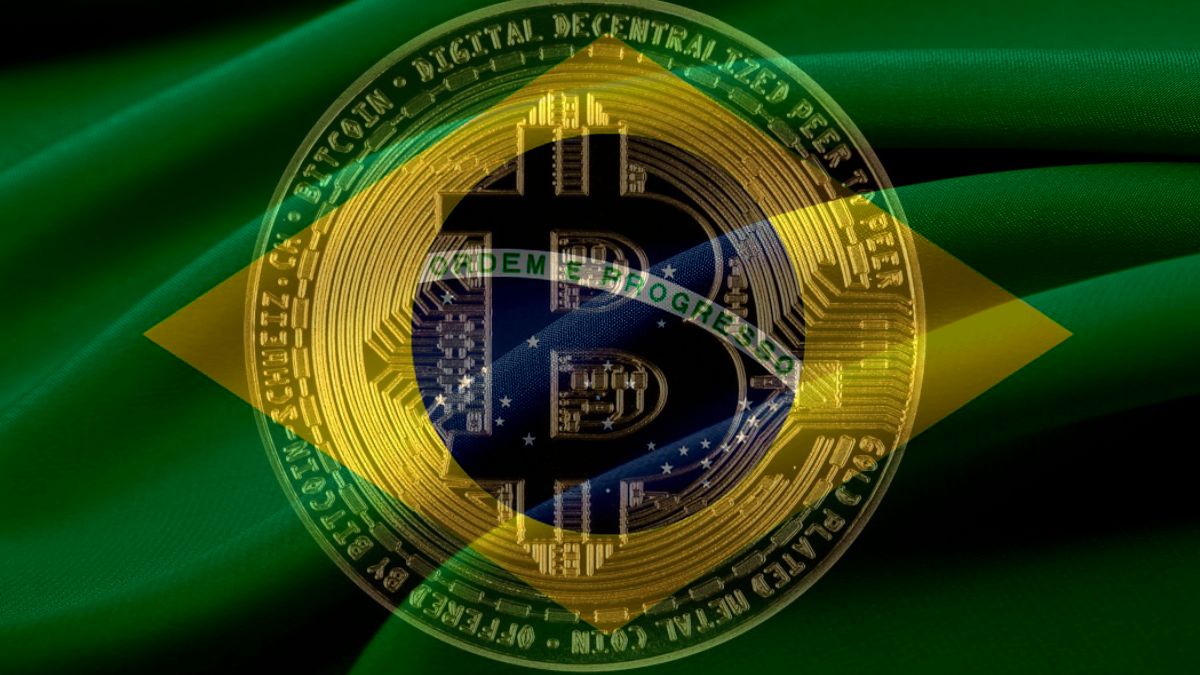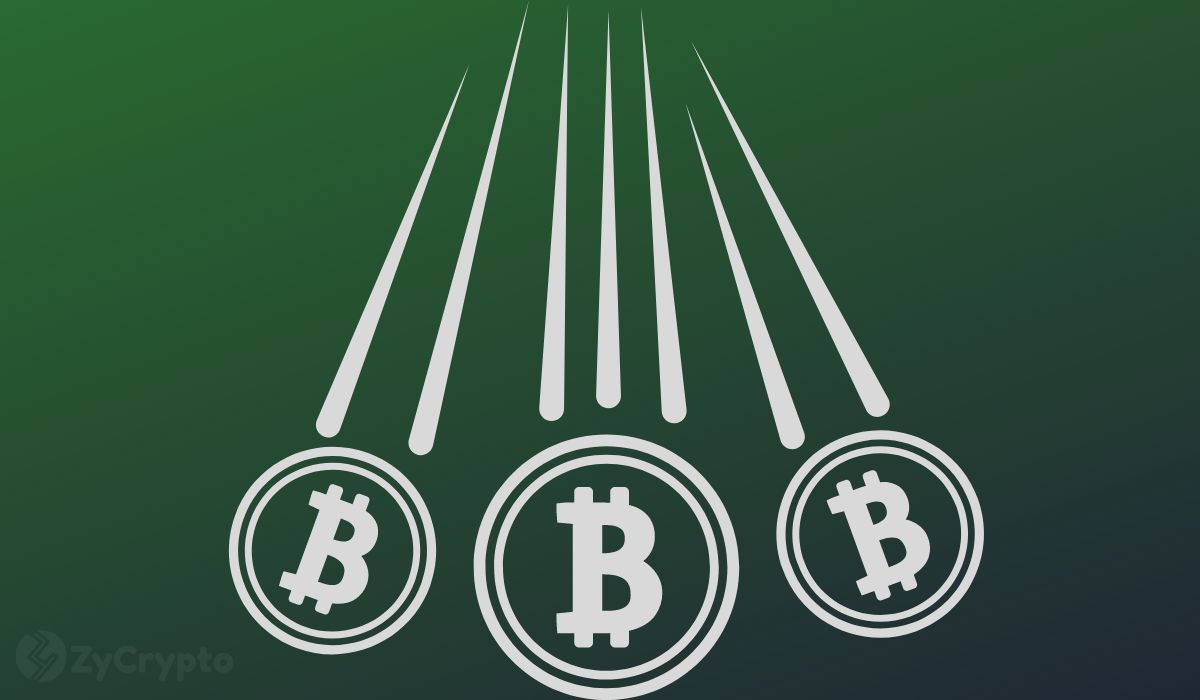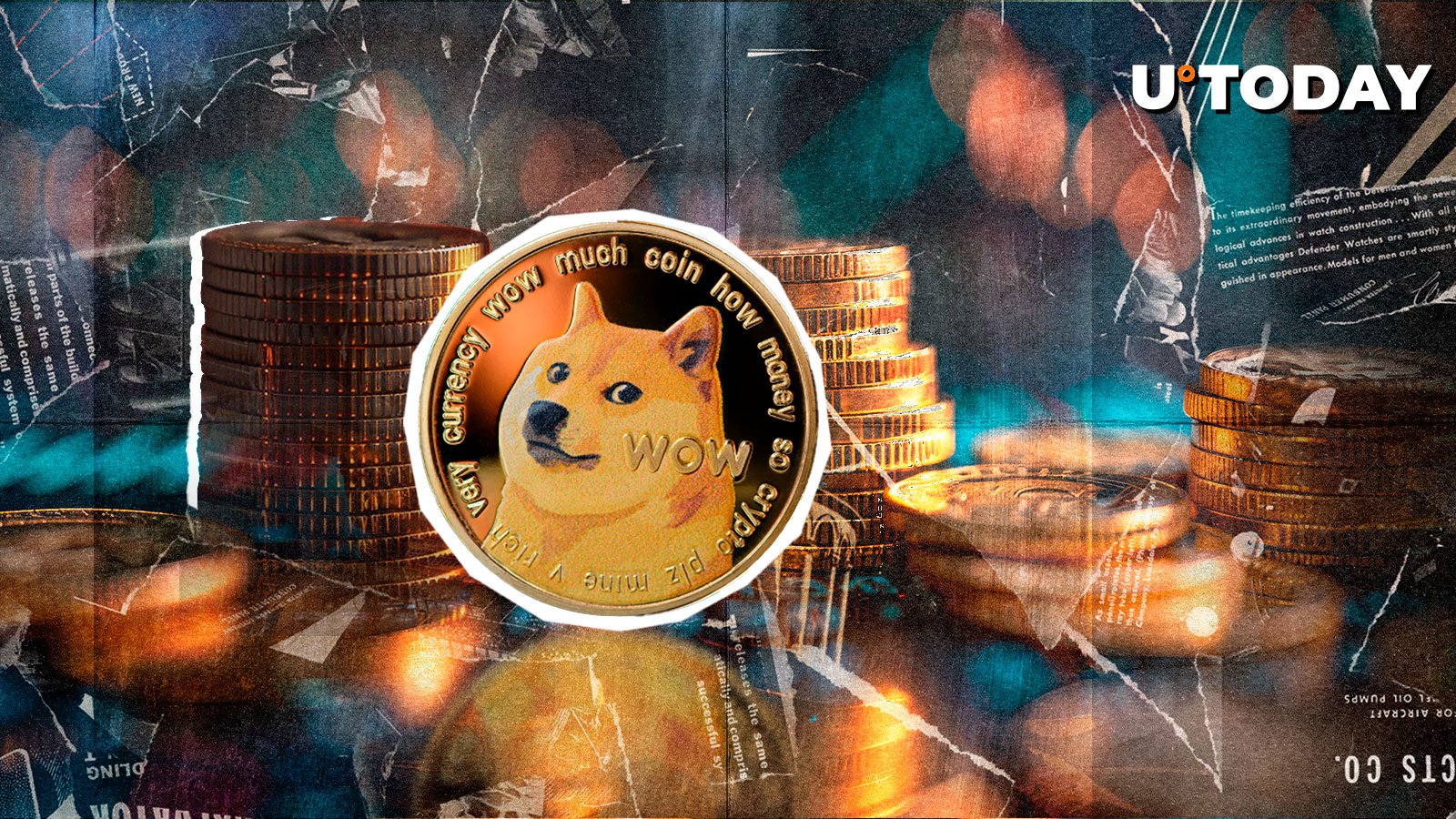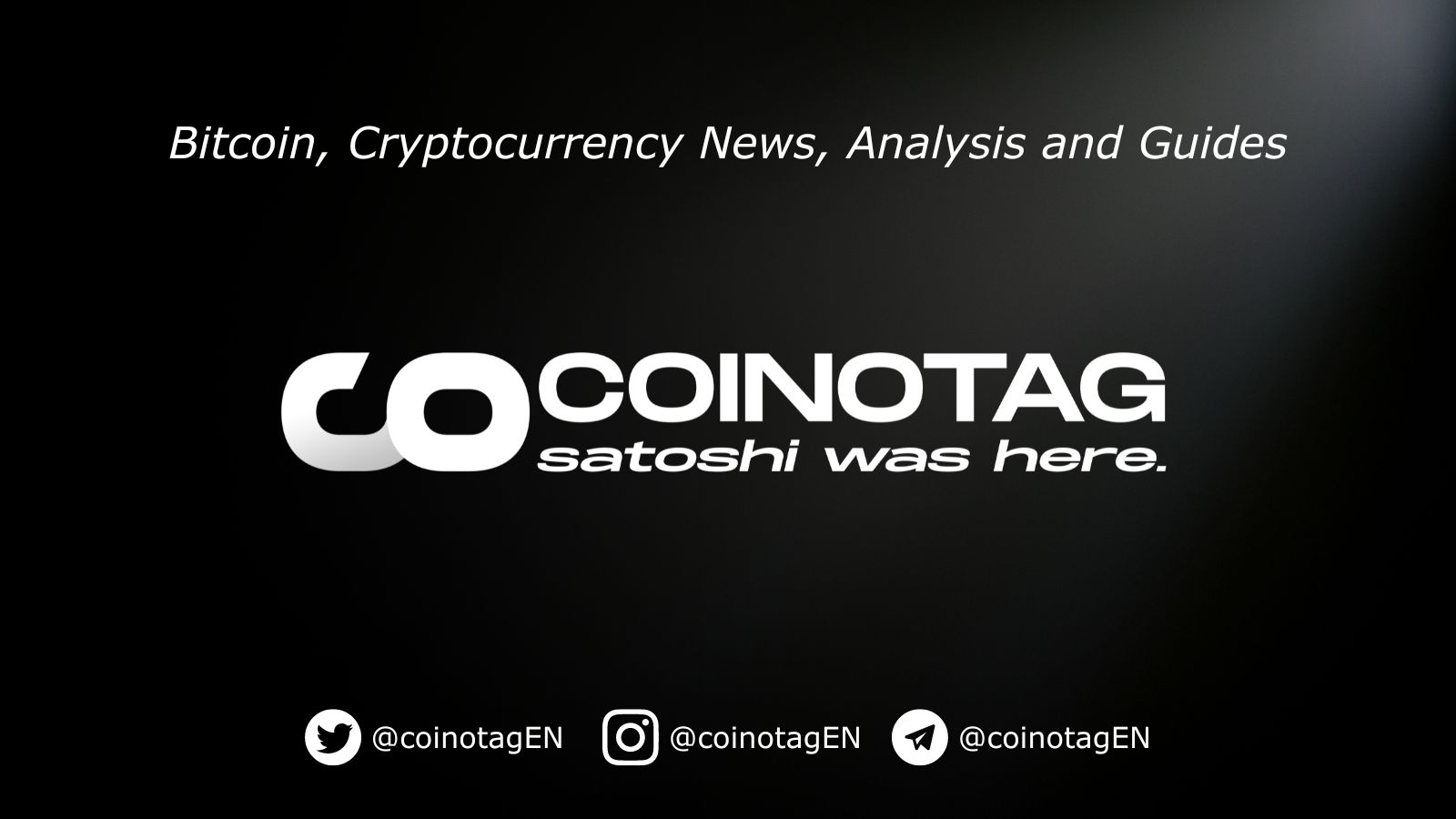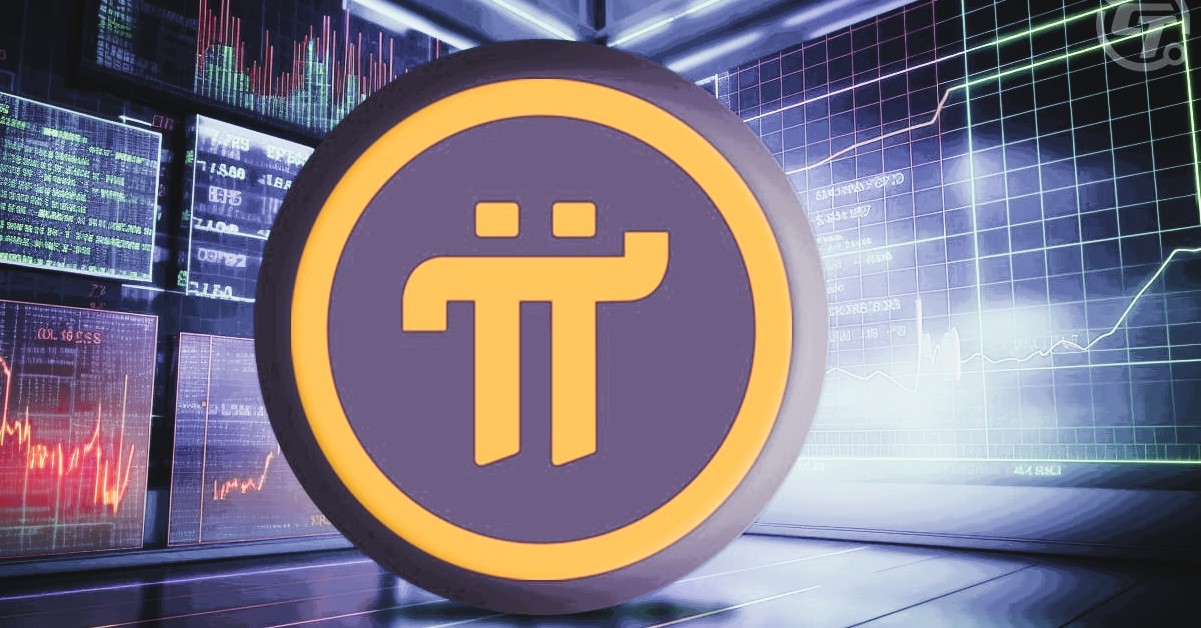
First, we exchanged greetings and pleasantries, as it was our first login with DeepSeek. Then we asked, “DS, do you know what Bitcoin is?” The large language model was clearly familiar with the world’s leading cryptocurrency by market cap. DeepSeek Tells Us Its Bitcoin Price Outlook “Yes, I do!” DeepSeek answered. “Bitcoin is a decentralized digital currency, often referred to as a cryptocurrency. It was invented in 2008 by an unknown person or group of people using the pseudonym Satoshi Nakamoto and released as open-source software in 2009.” The new chatbot gave a one or two-sentence summary of seven key points about Bitcoin. It listed these as Decentralization, Blockchain Technology, Mining, Limited Supply, Security, Volatility, and Use Cases. After that, DeepSeek helpfully prompted, “If you have any specific questions about Bitcoin or need further details, feel free to ask!” “DS, do you have an outlook on Bitcoin prices in 2025?” we asked. First, DeepSeek qualified that “Predicting the price of Bitcoin (or any cryptocurrency) is highly speculative and subject to a wide range of factors, including market sentiment, regulatory developments, technological advancements, macroeconomic trends, and adoption rates.” “While I can’t provide a definitive outlook for Bitcoin prices in 2025,” the chatbot told us, “I can share some perspectives and factors that analysts often consider when making predictions.” Then, the platform shared what it sees as the relevant factors in Bitcoin’s price in 2025. These were adoption and institutional interest, regulatory environment, macroeconomic conditions, technological developments, market cycles, and halving events. AI Chatbot’s 2025 BTC Price Prediction: $500,000 After that we asked, “What is the highest price you think that Bitcoin could feasibly or realistically reach in 2025?” DeepSeek said the “realistic high price estimate for 2025” for BTC is 200,000 to 500,000. The bot cited analysts “who believe Bitcoin could see massive adoption and institutional investment, similar to gold’s market capitalization.” The AI didn’t give any specific sources, but we recently reported on three. The post We Asked DeepSeek to Predict Bitcoin Prices and It’s Very Bullish appeared first on CryptoPotato .
Crypto Potato
You can visit the page to read the article.
Source: Crypto Potato
Disclaimer: The opinion expressed here is not investment advice – it is provided for informational purposes only. It does not necessarily reflect the opinion of BitMaden. Every investment and all trading involves risk, so you should always perform your own research prior to making decisions. We do not recommend investing money you cannot afford to lose.
Tether Partners with Reelly Tech to Boost USDT Adoption in UAE Real Estate; Surge in Stablecoin Inflows Signals Market Shifts

Tether, the issuer of the world’s largest stablecoin, USDT , has signed a Memorandum of Understanding (MoU) with Reelly Tech, a leading real estate B2B platform in the UAE. This partnership will enable more than 30,000 local and international agents using the Reelly Tech platform to transact in USDT, part of a broader effort to make the stablecoin more useful outside of its traditional, closed-loop stablecoin utility. These agents might be using USDT as a payment method for virtual real estate. As concerns about the USDT’s backing persist, a major testing ground for the stablecoin’s utility is shaping up in the UAE real estate market. Tether has signed an MoU with Reelly Tech, one of the UAE’s real estate B2B platforms. More than 30,000 local and international agents on the Reelly Tech platform will be able to use USDT to streamline processes and increase efficiency. https://t.co/qi29fxj3bO — Wu Blockchain (@WuBlockchain) February 6, 2025 Simultaneously, this week has been a giant uptick in activity for stablecoins, anchored by a jaw-dropping $2.72 billion USDT being ushered into exchanges. This massive amount arriving on exchanges has sparked a whole lot of excitement in the market as it has sent everyone’s imaginations running with what might be happening here. Could this be an enormous prep for a market move that folks seem to love using USDT for? Could this be pre-leveraging? Could this be something much, much bigger? A Strategic Partnership with Reelly Tech to Expand USDT Usage Tether’s agreement with Reelly Tech is an important step for USDT in moving into new territory. Most of the time, USDT (and the other stablecoins) are used in the same context as Bitcoin and other cryptocurrencies: that is, in trading on or between exchanges. The deal between Tether and Reelly Tech is focused on using USDT, and by extension Tether’s other products, as a way of paying for real estate in the UAE. By getting into that market, Tether is clearly attempting to push USDT into a new context, where it can pay for things, into an area where people before had only used fiat currency. Reelly Tech, a leading real estate platform with a strong foothold in the UAE, will now enable over 30,000 agents to use USDT for real estate transactions—buying, selling, and leasing—in that nation. This is expected to speed up such transactions, limit the problems associated with converting one currency to another, and improve the transparency of these often murky deals. For agents and clients, the stablecoin’s use could simplify account funding, especially when dealing with international transactions or using a stablecoin to pay for a high-value asset in a high-inflation environment. As the UAE sets itself up as a global center for the adoption of cryptocurrency, the partnership between Tether and Reelly Tech takes us a step further toward marrying the Blockchain and digital asset world with traditional sectors. And we should pay particular attention to this collaboration because, guess what? It’s real estate that really stands to gain from this partnership. USDT’s stability, alongside its widespread use across crypto exchanges, presents a solution that could very well make property deals involving both domestic and international investors as straightforward as local governance will allow. Record Stablecoin Inflows: A Sign of Market Sentiment This week saw the titanic transfer of $2.72 billion USDT to exchanges that in turn established the largest net inflow of stablecoins since 2022. This inflow is all the more interesting when you consider it in the context of the recent market downturn, which had us liquidating across the crypto space. What does it mean? Well, one theory is that we traders are using stablecoins like USDT as collateral to protect ourselves on the not-so-leveraged side of the crypto-i-melt-down. Or alternatively, maybe we’re portending another market move, which could be either up or down from here. The inflow coincides with a wider pattern of market instability. As prices across the cryptocurrency market fluctuated sharply, many investors likely moved their assets into stablecoins to mitigate risk. In the face of volatile market swings, stablecoins like USDT provide a safe haven—liquid and valuing-preserving. They are a risk-off asset. Status as a risk-off asset is especially important during times of liquidation, when prices are dropping precipitously, because “Investors who might have otherwise been panic-selling…could have been moving into USDT instead.” The recent inflow of stablecoins to exchanges may be a sign that market participants are preparing for the next move, big or otherwise. This is exactly what you’d expect in uncertain times, when traders are turning over their portfolios but also taking a more strategic and less reactive path. The last couple of weeks have seen a blend of profit-taking and precautionary moves into cash in the wake of a sharp downturn. Implications for the Broader Crypto Market The inflow of stablecoins and Tether’s increasing adoption in the real estate sector both reflect the overarching trends shaping the cryptocurrency world. Stablecoins—especially USDT—are rapidly establishing themselves as a vital part of the financial ecosystem. They are providing on-ramps and off-ramps to the ecosystem for traders and businesses, representing the sort of stability one might associate with the U.S. dollar. And as Tether continues to find use cases outside of crypto itself, its aspirations to serve as a global bridge between the financial world and the crypto world become even more evident. Furthermore, the arrival of USDT to the exchanges indicates that the market may be on the brink of some volatility or dislocation. While inherently risky, the realm of cryptocurrencies contains within it a certain level of expectedness; prices may go up or down, but they go in those directions for reasons that knowledgeable market players understand and can articulate. What these stablecoin trades suggest, then, is that our market is currently not at a place where knowledgeable players expect a series of articulated reasons to underpin what price changes might occur. $2.72B USDT was sent to exchanges this week, the largest net inflow since 2022! This surge seems to coincide with the recent market dip that triggered widespread liquidations, potentially prompting traders to move stablecoins to exchanges for added collateral and to safeguard… pic.twitter.com/KmP36YWX9n — IntoTheBlock (@intotheblock) February 6, 2025 Stablecoins serve a larger purpose; they are pointedly steering the global economy in the direction of an integrated blockchain and cryptocurrency future. They do so because they have a clearly defined function: to exist as reliable mediums of exchange. And in the integrated global economy, there is no more reliable a medium of exchange than the U.S. dollar, which sheds light on why U.S. dollar-pegged stablecoins, like Tether, dominate the marketplace. Conclusion Tether, through its MoU with Reelly Tech, marks a very big deal going well past just cryptocurrency and into USDT’s presence in real estate—one of the key sectors of the traditional economy. This isn’t USDT’s first venture into brick-and-mortar territory, though, as it had already signaled its intentions to move in that direction by bringing on former live-real-estate auctioneer Patrick O’Hare as its chief business development officer in late 2022. Meanwhile, inbound stablecoin liquidity to crypto exchanges continues to increase. Beyond what seems like an inevitable trend toward more crypto-market infrastructure being built out, this raises another interesting question: What, exactly, is USDT’s role in this newfound liquidity? Disclosure: This is not trading or investment advice. Always do your research before buying any cryptocurrency or investing in any services. Follow us on Twitter @nulltxnews to stay updated with the latest Crypto, NFT, AI, Cybersecurity, Distributed Computing, and Metaverse news ! Crypto Potato

"Don`t Cry Because You`re Too Late": Dave Portnoy Rants About Dumping Crypto "Shitcoins"
Portnoy claims that he has made almost $70,000 with $10,000 investment Crypto Potato




